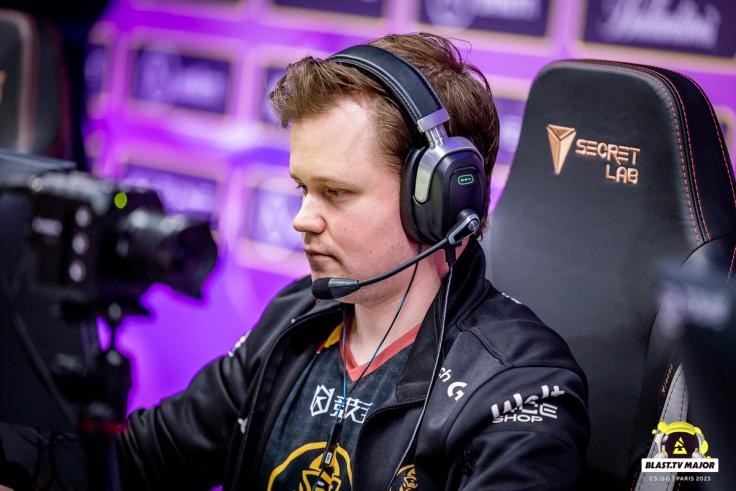Yibai Insights
Explore the latest trends, news, and insights from around the world.
Anchors Away: Navigating the CS:GO Anchor Role with Style
Master the CS:GO anchor role with flair! Discover pro tips, strategies, and secrets to elevate your gameplay and dominate the battlefield.
Mastering the Anchor Role: Key Strategies for Success in CS:GO
Mastering the anchor role in CS:GO requires not just individual skill, but also a keen understanding of map dynamics and team strategies. As an anchor, your primary responsibility is to hold key positions and defend against enemy advances, particularly in sites B or A. To excel, you should focus on the following strategies:
- Map Awareness: Familiarize yourself with common choke points and enemy tactics.
- Crosshair Placement: Keep your crosshair at head level to maximize your kill potential.
- Utility Usage: Learn to effectively use grenades to control enemy movements and delay pushes.
Moreover, teamwork is vital when fulfilling the anchor role. Communication with your teammates can make a significant difference during intense rounds. Ensure you:
- Call for Rotations: Notify your team when you hear enemies approaching.
- Play Off Your Teammates: Coordinate with entry fraggers and support players to maintain control.
- Maintain Composure: Stay calm under pressure, as panic can lead to costly mistakes.
By mastering these key strategies, you can become a pivotal player in your team's success.

Counter-Strike is a highly competitive first-person shooter game that emphasizes teamwork and strategy. Players often customize their gameplay using various settings, including binds, which can enhance their performance and provide a strategic advantage in various scenarios.
Top 5 Essential Skills Every CS:GO Anchor Must Have
In the competitive world of CS:GO, the anchor role is pivotal to a team's success. An effective anchor must possess a strong understanding of map positioning; knowing when to hold a site and when to rotate can make all the difference in a match. Additionally, communication skills are essential. The anchor must relay crucial information to teammates, such as enemy positions and potential strategies. This not only involves verbal communication but also the ability to interpret and respond to in-game signals effectively.
Another vital skill for any CS:GO anchor is exceptional aiming. Precision shooting can secure critical rounds and help your team maintain control of a site. Alongside aiming, game sense plays a crucial role; an anchor should be able to predict enemy movements and understand their strategies to counter effectively. Finally, resilience and mental fortitude are key attributes; anchors often face high-pressure situations and must remain calm and collected to execute their strategies effectively.
How to Communicate Effectively as an Anchor in CS:GO
Effective communication is vital for an anchor in CS:GO, as it directly impacts the team's strategy and overall performance. To ensure clear and concise messages, use a defined terminology that all teammates understand. One effective method is to create a callout system that specifies locations on the map, allowing quick responses during high-pressure situations. Additionally, always prioritize verbal communication over text to facilitate faster reactions, especially when your team encounters enemies or needs backup.
Another essential aspect of effective communication is maintaining a calm and confident demeanor. As an anchor, your role often involves holding key positions and delaying enemy advances, so leadership communication becomes critical. Utilize in-game voice chat to relay important information rapidly, such as enemy locations, numbers, or strategy changes. Moreover, actively listen to your teammates' inputs and adapt your playstyle accordingly. This two-way communication fosters teamwork and enhances the overall effectiveness of your role as an anchor in CS:GO.